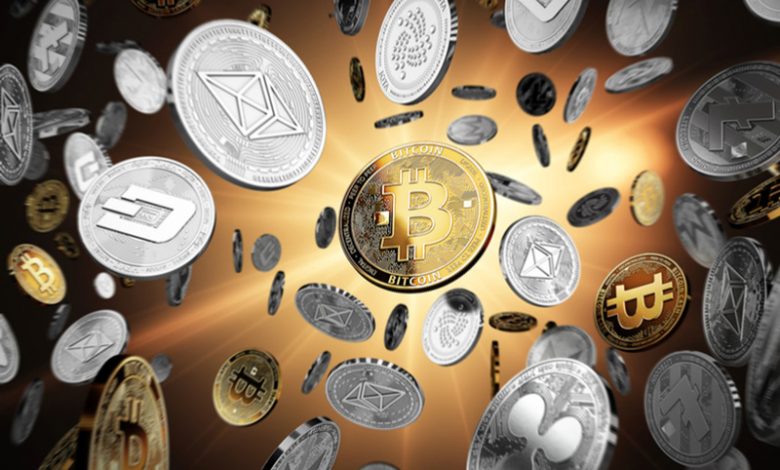capital management

15 Dec, 2021
capital management
Money management is a critical point that shows the difference between winners and losers. For example, if 100 traders use a profitable method by 60 %, you will find only 5 traders who are winners at the end of the year, although the method has a success rate of 60%, so you will find the percentage of losers in it is 95%, and the reason for this is bad the top management of money .
Capital management is a very important part of any strategy , most traders do not pay attention to it despite its importance .
It is important to understand capital management and to understand the difference between it and a trading strategy .
Capital management represents the amount of capital you will put in a single trade and the proportion of risk that goes into that deal .
There are several capital management strategies, all of which aim to maintain your balance of high risk .
First, it is necessary to understand an important equation, which is:Current Balance = Balance – Margin Used
If your balance is $10,000 and you enter into a deal with $1,000, the remaining $9,000 of your balance will represent the current balance .
And if you enter another deal with $1,000, your current balance will be $ 8,000 .
It must rely on that equation in the management of capital .
And we will explain here a model for the management of capital that proved the high annual profits and low risk .
Let’s assume that the account is $100,000, the margin is 1:100, and the contract size is 10000. This strategy is suitable for your account if it is mini or normal .
1% risk of $ 100,000 = $1000
And your entry must be sound so that he does not lose, God forbid, more than $1,000 in the transaction : How?
* For example, if you are trading in the short term and decide to place a stop loss of 50 points according to your method above or below the entry point, here a user margin will take 10000/100 = $100 for each contract you open, and considering the contract size $10,000 if the point = $1
That’s 50 points * $1 = 50 $
$50 * 20 contracts = $1,000 (1% agreed that we will not risk more than them in the transaction )
20 contracts * $100 used margin = 2
000$ margin for 20 contracts
God forbid, and you lost the deal, so do not lose more than 1% i.e. 1000 .
* If you are trading for the long term and decide to place a stop loss of 200 pips
Above or below the entry point, here a user Margin will take you 10000/100 = $100 for each contract you open,
Considering the contract size is $10,000, if a pip = $1
That’s 200 points * $1 = $200
$200 * 5 contracts = $1,000 (1% agreed that we do not risk more than them in the deal )
5 contracts * $100 used margin = $500 margin for 5 contracts
God forbid, and you lost the deal, so do not lose more than 1% i.e. 1000 .Diversity :-
Trading in one pair does not generate many opportunities and therefore you have to diversify the deals between currencies .
If, for example, your account is $100,000 and you have an open deal of $10,000, then your current balance is $90,000 and you want to open another deal, you must calculate the risk not more than 1% of the rest of your account and not your entire account, meaning 1% of $90,000 equals $900, meaning you do not lose the second deal. More than $ 900 and so on .
And also the diversity in currencies that have no strong correlation between them, for example, buying EUR / USD, do not buy GBP / USD with it, because they are related to some extent, because if you decide to risk 3% of the deal and enter into the pair, the risk will be 6 %
And if you want to enter the pair, you can divide the risk ratio between them 1.5%: 1.5 %.Shop ideas :
– increased risk when they lose :
For example, if a person loses 4 consecutive deals, he comes in the fifth deal and increases the risk, thinking that he will compensate for the loss of 4 deals in the fifth deal, and this is a gambling style and of course a completely wrong approach .
– increased risk when profit and lack thereof Andalkhosarh :
For example, a trader started with $10,000 and the risk ratio is 1 %, and after 6 months his account has reached $ 15,000. Here he adjusts the risk ratio to 1.5 %.
But if after 6 months his account has reached $5000, he must adjust the risk ratio to 0.5%.
This is to adjust the level of profit and loss .
Thus, you may have reached the main goal, which is to preserve your capital without a big risk, and you must now obtain a method with a success rate of up to 60% in order to become among the five winning traders each year .







